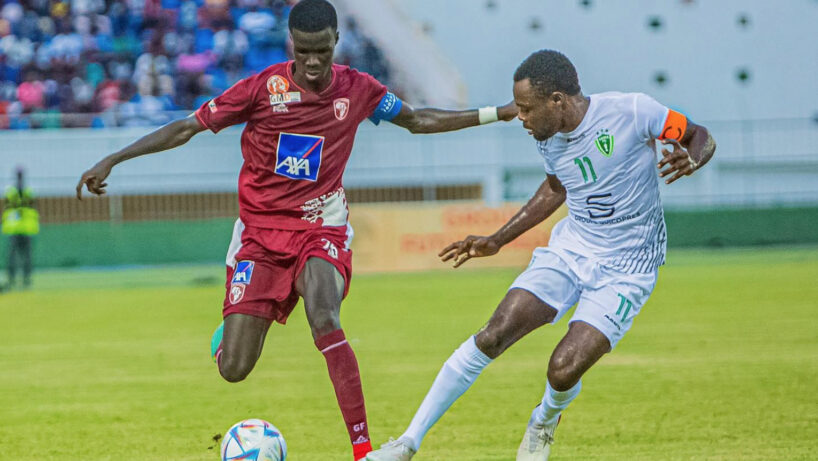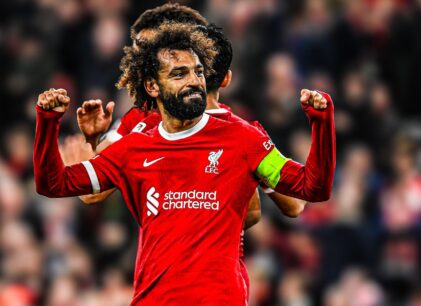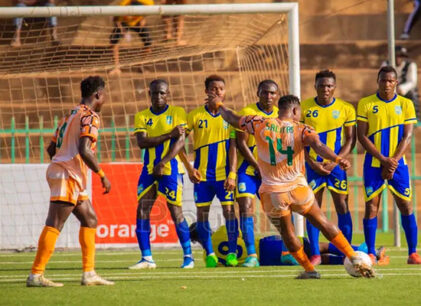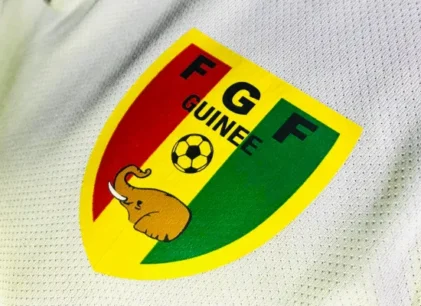Senegal has always had an antagonism, even a paradox, between its national team, which has always performed well, and its league, which, with the exception of JA’s 1998 and 2004 campaigns, has been a shambles in African competitions. The local league is struggling to develop for a number of reasons.
Senegal is emerging from a period of success that has seen its various national teams win the CAF Africa Cup of Nations, the CAF U-20 Championship, the CAF U-17 Championship and the CHAN. In interclub competitions, however, no club has managed to progress beyond the group stage in the last two seasons. Recently, Génération Foot and Casa Sport were eliminated in the CAF LDC and CAF Cup preliminaries respectively by clubs from Guinea and Burkina Faso.
Academies doing the training work
The Senegalese league as a whole boasts a wealth of talent. Their selections in the CHAN team produced sparks, with a final victory over Algeria on home soil. The same goes for the cadet and junior teams, who won the African Cup of Nations in their respective categories. The cadets were almost entirely made up of players from academies such as Génération Foot, Diambars, Darou Salam and others. This shows that Senegal has a pool of talent, with training centres and academies supplying the youth teams. Expatriates, who often come from these academies, complete the rest of the squad and there is hope for the future with players who have managed to secure contracts with European clubs.
In terms of training, there is no problem with the legion of players who have come through the youth ranks, from the generation of Moussa Wagué and Sidy Sarr through that of Lopy to the latest of Samba Diallo, Pape Lamine Diop, Lamine Camara and the younger generation with Amara Diouf.
Players from centers and binationals form the basis of the A team
The A team also boasts one of the best squads in Africa. However, the team that won the CAF Africa Cup of Nations is made up of center-trained players who completed their training in Europe or have played little in the local league. Saliou Ciss, Mamadou Loum Ndiaye, Idrissa Gana Gueye, Joseph Lopy, Sadio Mané, Ismaila Sarr, Bamba Dieng, Famara Diédhiou, Habib Diallo, Ibrahima Mbaye and Pape Matar Sarr are just a few examples.
Then there are the few from local clubs: Alioune Badara Faty, Cheikhou Kouyaté who left early, Moustapha Name, Pape Abdou Cissé and Abdoulaye Seck. Finally, there’s the legion of binationals: Kalidou Koulibaly, Bouna Sarr, Abdou Diallo, Fodé Ballo Touré, Nampalys Mendy, Boulaye Dia, Keita Baldé. None of the players, apart from Abdoulaye Seck and Alioune Badara Faty, have come through the ranks in the local league, which means that the local league is not what has earned Senegal its recent results.
The problems of local soccer
A fluctuating championship, in which the champions vary from year to year.One season’s champion may be relegated the next. The level is more or less the same between Ligue 1 and Ligue 2. It can be hard to tell who’s in the Elite and who’s in the lower divisions.
The centers have policies of selling their best players to Europe. Diambars and Génération Foot lose their best players every year in search of a better life. What’s more, it’s the club’s economic model to ensure their operating costs and perpetuate their projects. They succeed by constantly renewing themselves. Génération Foot, from Dino Djiba to the latest Sané to join Metz, always produces quality players. For the moment, they don’t have any clear African ambitions.
Secondly, the players who could be the driving force behind these projects in the centers, those who are no longer promised top-level clubs, prefer to join leagues such as Estonia, the Maghreb or, more recently, East Africa, rather than stay in Senegal, where salaries are too low to ensure their future. These low salaries, combined with the precariousness of local clubs’ training conditions, lack of supervision and stress over the players’ future, are not conducive to clubs achieving convincing results. Not to mention the lack of infrastructure, with clubs playing in over-used municipal stadiums with lawns that leave much to be desired. There’s little room for spectacle on the pitch.
Lack of will or flawed business model?
In Senegal’s professional league, there are clubs run by state structures and companies that should be able to hire and pay attractive salaries to the best players and build talented teams. Unfortunately, in recent years, these clubs have languished at the bottom of the standings, if not in the lower divisions. Why is this? A lack of willpower.
Today, everyone is trying to replicate the Génération Foot and Diambars models. No one is thinking of building a club on the TP Mazembe model. Sure, their president is a billionaire, but doesn’t Senegal have one? Nobody thinks of investing in a club and then reaping the rewards through the sums involved in the various competitions. Presidents like Jaraaf and Teungeuth are praised for the money they inject into their clubs. But they don’t have unlimited resources. However, with the public they attract and a little willpower, Pikine Gnarry Tally, HLM Club, Linguère de Saint-Louis and Niambour de Louga, for example, could organize their clubs on the basis of the active participation of supporters, like the socios in Spain. Shareholder supporters could be the solution. But with the problem of management and lack of confidence, the task will not be easy.
Income below expenditure
Secondly, the sums involved in the championship and the various cups are low, and do not allow clubs to make long-term plans on this basis. For example, the prize money for the Senegalese champion does not cover 6 months’ operating expenses for a local club. In 2022, bonuses amounted to 35 million CFA francs for the championship winner. In a soccer world in search of cash, why not name the Cups after the companies staking the large sums involved? But are these companies prepared to help local soccer and invest large sums?
No club, apart from the academies, has a stadium of its own. Everything is expected from the state. Why don’t the clubs have plans to acquire stadiums, to develop club stores (this is starting to happen), to make shareholdings in order to generate income? Here too, despite all the will in the world, the price of land is excessively high, and few clubs could afford it. For this type of project, the State could quite rightly help clubs to emancipate themselves. The example of Tanzania’s development could be a model to replicate.
The Navetanes, a hindrance to the development of local soccer
Young players don’t get off to a flying start. They are often not trusted. These players then scour the local leagues, enjoying themselves and, for some, mortgaging their future careers. In Senegal, it’s a truism to say that the local league is far more popular than the professional one. The stadiums are sold out. Because of the success of the Navetanes, talented players who are eligible for professional league clubs prefer the local league.
This championship encroaches on the Senegalese championship, with little or no impact on national soccer. Planned for the vacations, it now continues well beyond. If it were even a springboard with an age limit for those taking part, it could be useful. But it’s a breeding ground for indiscipline, with daily quarrels and an explosion of violence. These days, it’s hard to see any point to it other than to create an inter-district atmosphere. At one point, FIFA even advised Senegal to integrate this competition into the Federation. But this was never done. Another poor strategic choice on the part of decision-makers, who may be showered with praise for the results achieved by the various national teams in recent months, but deep down they know that these selections are just the tree that hides the forest of a local championship in its death throes.





